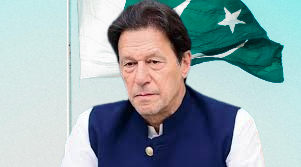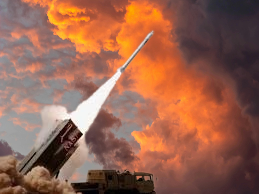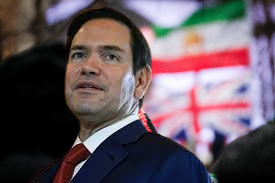Pakistan and India: A History of Military Conflict
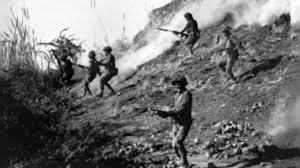
Long-standing tensions between the nuclear-armed rivals Pakistan and India escalated.
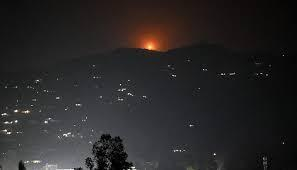
Long-standing tensions between nuclear-armed rivals Pakistan and India escalated dramatically on Wednesday when New Delhi launched deadly strikes into Pakistani territory.
According to Pakistan, the missile strikes resulted in the deaths of at least 26 people, prompting Islamabad to initiate retaliatory measures, marking a significant escalation in hostilities between the two South Asian nations.
India has accused Pakistan of supporting the deadliest attack on civilians in years, which occurred on April 22 in Indian Illegally Occupied Jammu and Kashmir (IIOJK), resulting in the deaths of 26 individuals.
Pakistan has denied these allegations. In the wake of these events, both countries have engaged in gunfire exchanges along the Line of Control (LoC), the de facto border dividing Azad Jammu and Kashmir (AJK) from IIOJK—a heavily fortified area with disputed Himalayan outposts.
Additionally, India has expelled certain citizens and ordered the closure of the border. Since their tumultuous partition in 1947, the two nations have engaged in various conflicts, ranging from minor skirmishes to full-scale wars.
1947: Partition
On August 15, 1947, two centuries of British colonial rule came to an end, resulting in the division of the subcontinent into predominantly Muslim-majority Pakistan and Hindu-majority India.
The hastily executed Partition provoked widespread violence, leading to the deaths of possibly over a million individuals and the displacement of 15 million others. Amidst this turmoil, the princely state of Kashmir faced uncertainty over its allegiance to either India or Pakistan, further escalating tensions.
In January 1949, a UN-sanctioned ceasefire line spanning 770 kilometers (480 miles) was established, effectively partitioning Kashmir.
1965: Kashmir
In August 1965, Pakistan initiates a second conflict in an attempt to regain control of IIOJK. The fighting results in thousands of casualties until a ceasefire is established in September, facilitated by the Soviet Union and the United States.
1971: Bangladesh
In 1971, Pakistan sent troops to quell an independence movement in what is now Bangladesh, a region it had administered as East Pakistan since 1947.
The nine-month conflict resulted in an estimated three million deaths, and millions of people sought refuge in India.
India subsequently launched an invasion, resulting in the establishment of the independent nation of Bangladesh.
1989-90: Kashmir
In 1989, an uprising erupts in Indian-administered Jammu and Kashmir as long-standing grievances in the contested region reach a tipping point.
Over the subsequent decades, tens of thousands of soldiers, freedom fighters, and civilians lose their lives. India claims that Pakistan is financing the insurgents and supporting their military training.
1999: Kargil
Pakistan captures Indian military positions in the frigid peaks of the Kargil mountains. Under intense pressure from Washington, concerned by intelligence indicating that Islamabad had moved some of its nuclear arsenal closer to the conflict, Pakistan eventually concedes.
The violent clash results in the deaths of at least 1,000 individuals over a span of 10 weeks.
2019: Kashmir
A suicide bombing targeting a convoy of Indian security forces in Pulwama results in the deaths of 40 individuals. Amid ongoing general election campaigns, India responds by deploying fighter jets to conduct airstrikes on Pakistani territory.
During the conflict, one Indian jet is downed over Azad Jammu and Kashmir (AJK), leading to the capture of Wing Commander Abhinandan of the Indian Air Force (IAF). His MiG 21 Bison aircraft was brought down by a Pakistan Air Force (PAF) jet. In a gesture of goodwill, he was later returned to India at the Wagah border.


